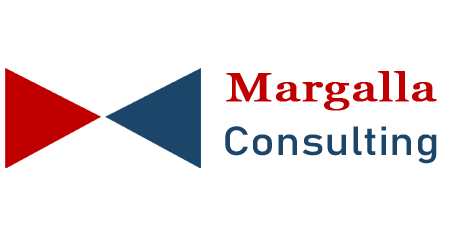Public welfare projects are vital for fostering development, reducing inequality, and improving the quality of life in communities. However, executing such initiatives effectively requires a nuanced and lasting approach that balances immediate impact with sustainable progress. To achieve this, organizations and governments must combine strategic planning, stakeholder engagement, and innovative practices that address both current needs and future challenges.
A crucial element in making public welfare projects successful is understanding the target population’s needs through detailed research and feasibility studies. By identifying specific gaps and challenges within a community, project planners can tailor their strategies to align with the unique social, economic, and cultural dynamics of the area. This initial groundwork ensures that resources are allocated efficiently, and interventions are relevant and impactful.
Collaboration is another cornerstone of a lasting approach. Effective public welfare projects often require coordination between multiple stakeholders, including government bodies, non-governmental organizations, private sector players, and the communities themselves. Such partnerships not only pool expertise and resources but also foster a sense of shared ownership that drives long-term commitment and sustainability. Engaging local communities early in the planning process is especially critical, as it empowers them to take an active role in shaping the project outcomes and ensures that initiatives are culturally sensitive and widely accepted.
Innovation plays a pivotal role in addressing public welfare challenges. Modern technologies, such as data analytics, geospatial mapping, and digital communication platforms, have revolutionized how public projects are planned and implemented. These tools enable precise tracking of progress, better allocation of resources, and quicker responses to emerging issues. At the same time, adopting innovative funding models like public-private partnerships (PPPs) can provide financial stability and enhance the efficiency of project execution.
Monitoring and evaluation are integral to ensuring that public welfare projects achieve their intended goals and remain relevant over time. Regular assessments allow stakeholders to measure the effectiveness of interventions, identify areas for improvement, and adapt strategies to changing circumstances. A commitment to transparency and accountability throughout this process builds trust among stakeholders and fosters confidence in the project’s outcomes.
Ultimately, the most effective and lasting public welfare projects are those that prioritize sustainability. This means designing initiatives that can continue to deliver benefits even after external support has ended. Capacity-building programs, which equip local communities and institutions with the skills and resources to maintain and expand upon the project’s achievements, are critical to this goal. Sustainability also involves incorporating environmental considerations into project design, ensuring that development does not come at the expense of future generations.
Public welfare projects have the potential to transform lives, but their success hinges on the ability to approach them with a blend of strategic foresight, collaboration, innovation, and a deep commitment to sustainability. By adopting these principles, stakeholders can ensure that their efforts not only address immediate challenges but also create lasting and meaningful change for the communities they serve.


